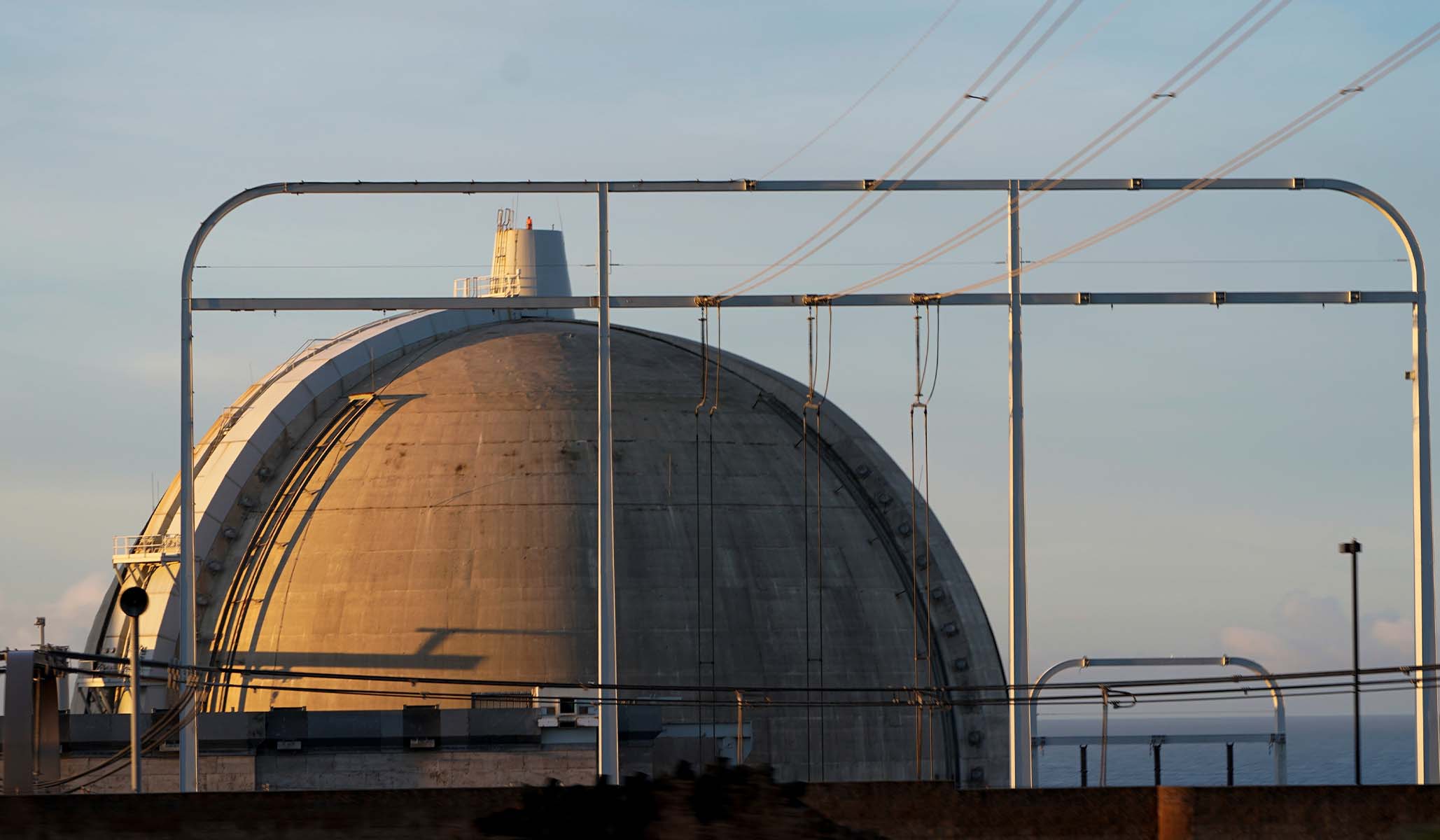The proposed change to the way the NRC assesses risks will turn the already arduous approval process for new reactors into an unnavigable, Kafkaesque nightmare.
“In its framework established to calculate the risk from advanced reactors, [the NRC] has proposed the impossible,” note energy-policy experts Charlyne Smith and Adam Stein, writing for the Breakthrough Institute:
The conditions it postulates are impossible, and the rules are impossible to meet. Among the assumptions: The reactor suffers the worst possible accident, is promptly repaired, and has the same accident again the next year, and the year after that, and the year after that, every year for as long as it is licensed, 40 years. Residents of the area never move, so they are available to soak up the cumulative dose of radiation, every year for 50 years. Residents never die of anything else over the course of the 50 years, so a person who is 65 years old at the time of the first accident is assumed to live to be 115, during which time he or she soaks up doses from each of the next 39 catastrophic accidents.
To be blunt, that’s an insane set of assumptions. Assuming any nuclear power plant will have a catastrophic failure is already an absurdly conservative assumption — much less assuming one such failure a year, every year.
“The scenarios in the new proposition are so improbable as to be ridiculous,” Jeff Terry, an energy-research professor at the Illinois Institute of Technology, whose research focuses on energy and radiation risk, told National Review. “There is no conceivable way that a nuclear facility would be allowed to operate over a 40-year period with a major accident each year. The regulatory agency themselves would be shut down by Congress for incompetence well before that scenario could even play out.” Moreover, people would certainly leave the area if it did. “The NRC has completely missed the boat and even the ocean with this analysis.”
This set of assumptions seems intentionally designed to prevent the development of new reactors. The NRC’s mission is to enable the use of nuclear power to contribute to America’s environment and national security via regulation, not to flat-out ban the use of nuclear energy. The agency should explain why the NRC thinks these kinds of assumptions aren’t intentionally designed to handicap the use of reactors.
In 1975, the year the NRC was founded, the country began construction on nine new reactors. Since then, it has built only nine new commercial reactors, virtually all of which were expansions at existing nuclear-power plants and six of which started construction in 1976, before the bureaucracy could become entrenched. The NRC has never approved a single new operating nuclear reactor, though this is expected to change in a few months when Vogtle reactors 3 and 4 come online.
It took an incredible 43 years to get approval and start building America’s newest nuclear reactor at Watt Barr in Tennessee, which began operating in June 2016.
Environmentalists have actually quite openly stated they intend to use safety bureaucracy to kill nuclear power. “It was clear to us that we couldn’t just prevent nuclear power by protesting on the street,” Jürgen Trittin, a prominent German Green Party member, told Welt News. “As a result, we in the governments tried to make nuclear power plants unprofitable by increasing the safety requirements.”
Anti-nuclear environmentalists got their wish. Heavy government regulations combined with policies directly favoring wind and solar energy now make it essentially impossible to open a new profitable nuclear-power plant, according to an R Street Institute study.
Regulations adding millions of dollars to the operating cost of existing reactors are also a major factor in shutting them down, both an economic and environmental catastrophe.
The NRC is a bureaucratic disaster even when its funding is on the line. It took the agency six months and three different attempts to give former Senator Jim Inhofe (R., Okla.), then chairman of the Senate Committee on Environment and Public Works committee, a simple budget for its programs. The agency only managed to deliver an incomplete budget the night before the NRC was set to testify before its paymasters.
In 2018, Congress passed the Nuclear Energy Innovation and Modernization Act (NEIMA), instructing the NRC to drastically simplify its licensing procedures for new designs. It failed. Four years later, the NRC came up with a 1,200-page draft that actually made the process more complicated, so much so that license applicants elected to use the old system.
Each existing U.S. nuclear plant spends an estimated $4.2 million annually just meeting government-paperwork requirements and another $4.4 million to pay government-mandated security staff, according to a 2017 American Action Forum report. They also pay an additional $14 million on various government fees. The average plant employs an estimated 86 full-time employees just to do NRC-mandated paperwork, meaning about 17 percent of the employees are just handling red tape.
Current regulations involved in constructing a conventional reactor can take up to 25 years to wade through, while the physical construction of many more technically complicated naval nuclear reactors takes just four years. Reactors on nuclear-powered submarines and carriers are more technically complicated, but don’t have to deal with the NRC bureaucracy or hordes of radical environmentalist-led lawsuits.
China currently has 15 nuclear reactors in various stages of construction. The U.S. is building only two, both of which are just an expansion of a pre-existing facility in Georgia, which is much simpler than getting new regulatory approval.
At that Georgia facility, the NRC has forced the company behind the project to spend $30 million and a month fixing a simple pipe brace, the kind of problem that should cost merely thousands of dollars and take a day to fix.
In other words, the proposed change in the risk-assessment framework is just the latest example of NRC incompetence and anti-nuclear environmentalists’ activism paying off. But whereas previous overregulation merely made the path to government approval for new U.S. nuclear reactors almost impossible to traverse, this latest proposed rule blocks the path altogether.
At a time of heightened global energy insecurity, zero-emission nuclear power provides a reliable and clean source of energy. Yet it is not an exaggeration to say that Biden’s NRC could kill America’s nuclear-energy industry by demanding the impossible.
Andrew Follett
ANDREW FOLLETT — Mr. Follett conducts research analysis for a nonprofit in the Washington, D.C., area. He previously worked as a space and science reporter for the Daily Caller News Foundation.
ED's NOTE: NR did not disclose that the "nonprofit" is the CLUB FOR GROWTH, part of the KOCH BROTHERS network of devious corporate whores. Wonder why?


No comments:
Post a Comment